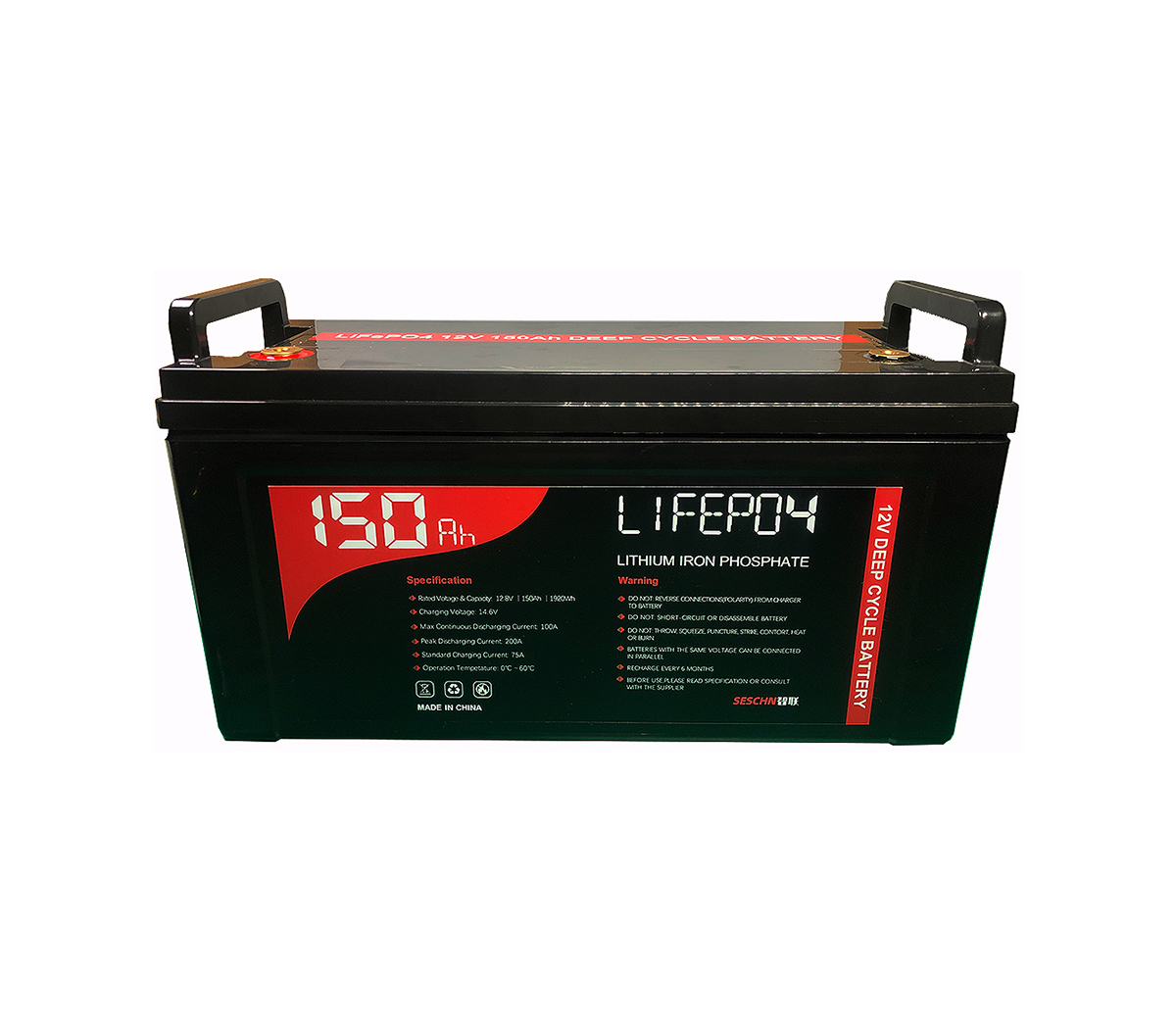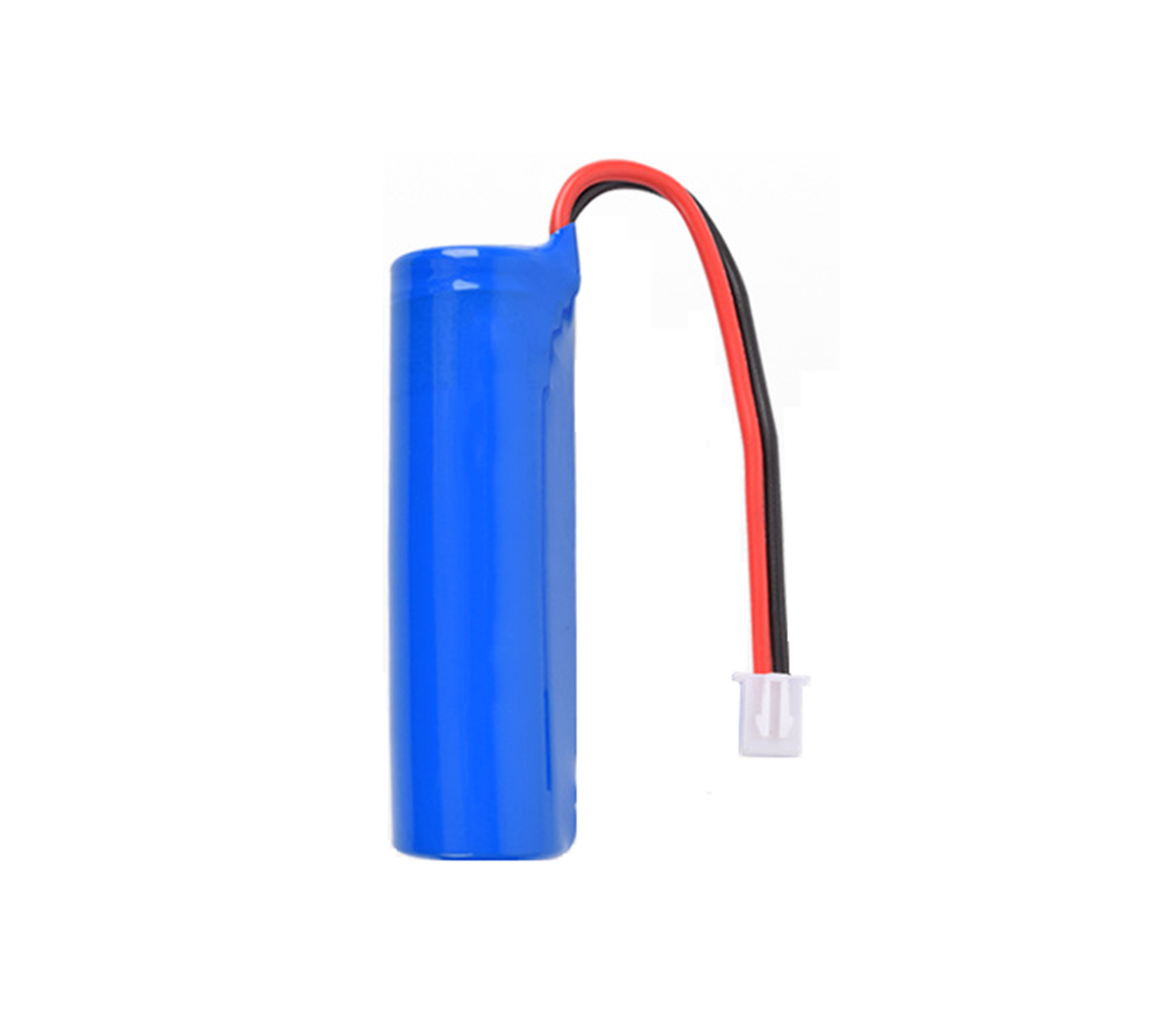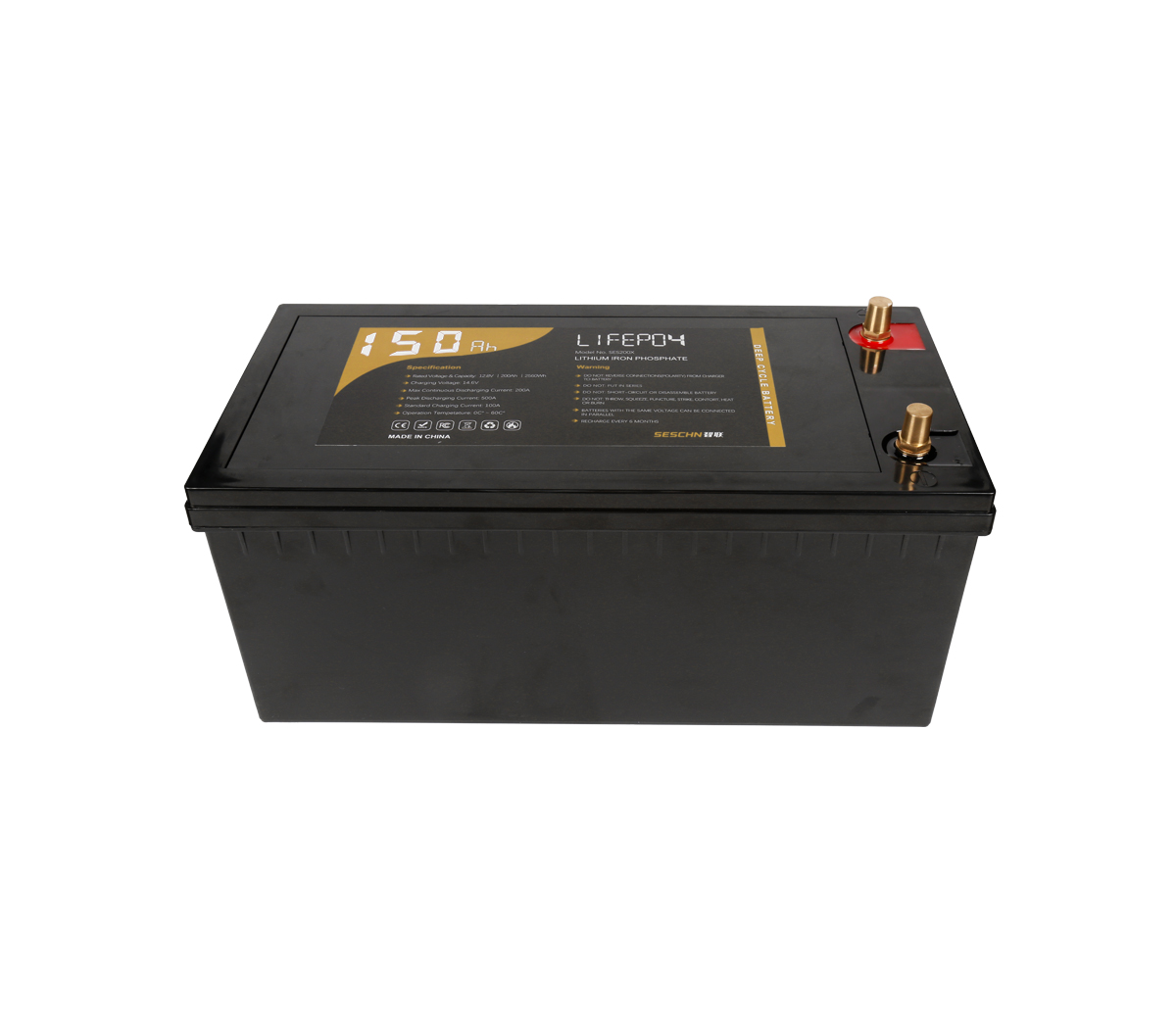Solid-state battery research and development should be led by battery
material companies
Rooted in the industrial chain with power batteries as the core, it has to
look at the industry with a cold eye amidst the ups and downs of policies;
predict the trend of the pattern amidst the ups and downs of capital; condense
one's own views in the generous debate of experts.
And this industry is still developing with each passing day. In the face of
overwhelming media reports, the author also has some of my own opinions, and I
will share with you only in the form of comments.
Original: Ganfeng Lithium invested 250 million in solid-state power lithium
batteries to increase capital, Ganfeng cyclically increases battery
recycling
It is reported that Zhejiang Fengli, a subsidiary of Ganfeng Lithium
Industry, has invested no more than 250 million yuan in its own funds to build
the first-generation solid-state lithium battery research and development pilot
production line, and carry out the promotion and market launch of the
first-generation products in new energy vehicle users. The construction period
is 2 years.
Comment: Ganfeng Lithium is not the first company to "bright sword"
solid-state batteries, and it will not be the last. With the advancement of the
industrialization of solid-state batteries, its huge advantages in energy
density and safety will attract more companies to join in.
But the author personally believes that among the various companies that
have entered the game, the most suitable for research and development of
solid-state batteries are materials companies rather than battery companies. In
fact, the core business of battery cell companies still stays in the material
integration link (purchasing positive and negative electrodes, separator
electrolyte); the dilemma faced by solid-state batteries is actually material
problems, including a series of pain points such as the so-called solid-solid
interface.
Therefore, it is the most scientific and most efficient to develop
solid-state batteries by those who make materials.
Original: Why is it so difficult to industrialize a new generation of high
specific energy cathode materials?
Industry insiders believe that the current industrialization of these
new-generation cathode materials has encountered the limitations of unresolved
material performance defects and slow progress in matching materials. There is
still a certain distance from mature commercial applications, but it is expected
in the next 2-3 years A major breakthrough may occur.
Comment: In fact, the industrialization of lithium battery technology
has always been difficult. Lithium batteries have been researched since 1912,
but they were industrialized by Sony in 1991, and the transition from digital to
power took another 20 years.
A technical concept was proposed, and it was a long process to be
thoroughly understood by the scientific research unit. There are more factors to
consider from the laboratory to the industrialization, the most important of
which is the cost. This is also the reason why fuel cells shine in the military
industry, but they are rarely used in daily life. For the new generation of high
specific energy cathode materials such as lithium nickel manganese oxide,
high-voltage spinel, and lithium-rich manganese-based cathode materials, there
are still many difficulties to be solved in the laboratory, but it is difficult
to find a suitable electrolyte for industrialization. . The author personally
believes that this type of cathode material will wait for the solid electrolyte
to mature before it can be used (release the potential for high energy
density).
Original: Cangzhou Pearl/Xingyuan Material/Numi and other 6 diaphragm PKs
to see the new trend of technology application
As the material with the highest gross profit margin, technical barriers,
and highest added value in the lithium battery material industry chain before,
the lithium battery separator field has absorbed a lot of capital. As of the end
of October 2017, more than 120 new production lines have been publicly invested
in China, and the new production capacity exceeds 60. It is estimated that by
the end of 2018, the total production capacity of lithium battery separators
across the country will exceed 8 billion square meters.
Comment: The gross profit margin, technical barriers, and added value of
the diaphragm are high, but the return on investment is not high.
When writing, you will find that in fact, articles of a few thousand words
are not difficult to write, and "short and precise" manuscripts within a
thousand words are the most difficult to control. This rule is also very
suitable for manufacturing. The separator is not difficult, but the separator
used in lithium batteries is quite different. Lithium ion is the smallest of all
metal ions, and the lithium battery diaphragm must ensure that the lithium ion
is unimpeded and isolate other ions. This requires very high performance of the
diaphragm, and the technical barriers are high. I won't repeat it.
What I want to emphasize is that (for those who are interested, please
check it out) Due to the high gross profit, news about the construction of a
lithium battery diaphragm production line is frequently reported in the media,
but it is often difficult to see the production in a few years. Therefore,
although the diaphragm is good, investment needs to be cautious.


































